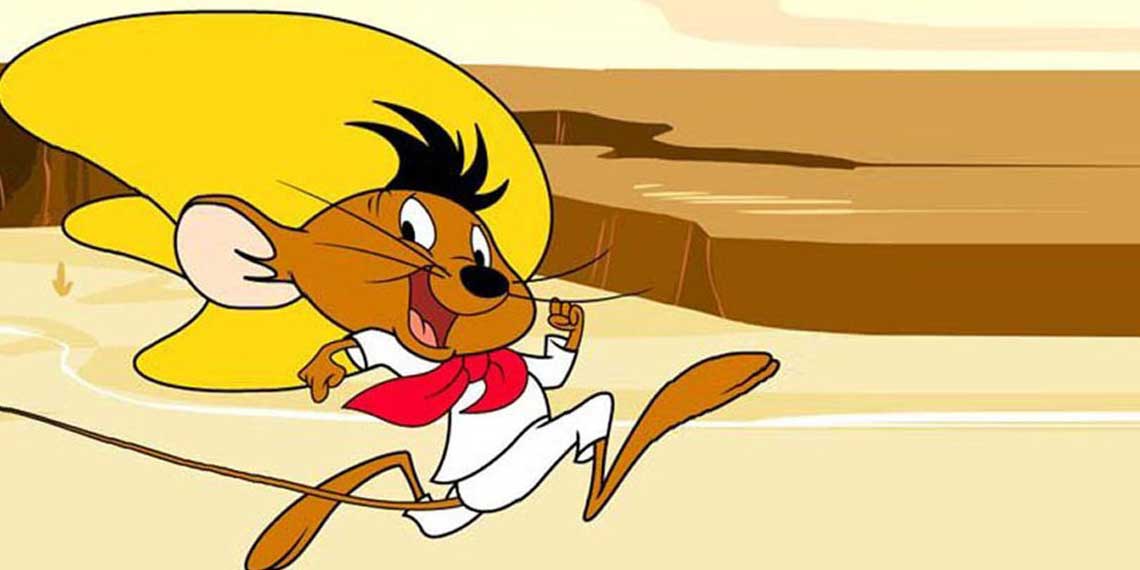
Designing For Performance
Creating an effective website design is about more than just the look and information provided. It is also about improving the efficiency and performance of the website so that visitors will be able to find what they are looking for as quickly as possible. Designing for performance is not as hard when you incorporate it into the initial plans, but it can make a big difference on the way your website works.
Selecting Designs that Improve Performance
Although some design features are worth the small sacrifices in time and performance due to the quality, performance and efficiency is a great way to determine if a design element is appropriate for your plans. Ask yourself a few questions when you are creating the design for improved performance. For example, ask if you really need several shades of a particular color, or will one or two shades improve the look and the efficiency of your loading times. Consider if there is an alternative that might work better than the current format. Try out different designs and test them to see if it speeds up the loading time or improves traffic to the website. Do not be afraid to try out different ideas. Even if it does not work, it is also possible to go back to the original format.
Improve Your Code
Everything improves when you clean up the HTML code on your website. Change the way you think about coding and focus on making it specific and getting rid of the design names. Remove selectors from your CSS code that are inefficient and you will be surprised at the amount of space you are saving. Cleaning up your code can have an immediate and dramatic impact on your website because it makes the entire website more effective and efficient. Inefficient selectors only slow down your website and cause unnecessary lag times.
Make Your Requests Easier to Handle
It is possible to optimize requests by cleaning up the markers on your website. Eliminate unnecessary markers and avoid loading JavaScript files unless it is absolutely necessary for the page.
Use Sprites to Optimize Images
Optimizing the images on your website can also help reduce lag time and speed up connections. Use sprites for icons to improve efficiency by more than 16 percent. By making images and icons into sprites and then optimizing them via an optimizer, you will be able to make changes quickly and avoid unnecessary hassles when you edit in the future.
Creating a design that focuses on performance and efficiency does not necessarily mean you will waste extra time or face annoying hassles. In many cases, putting in a little work now will save you hours of problems in the future and will improve the efficiency of your website so that it is more appealing to visitors. Design is not only about the appearance of your site, but also the speed and performance when visitors are looking at it.
 comments powered by Disqus
comments powered by Disqus
